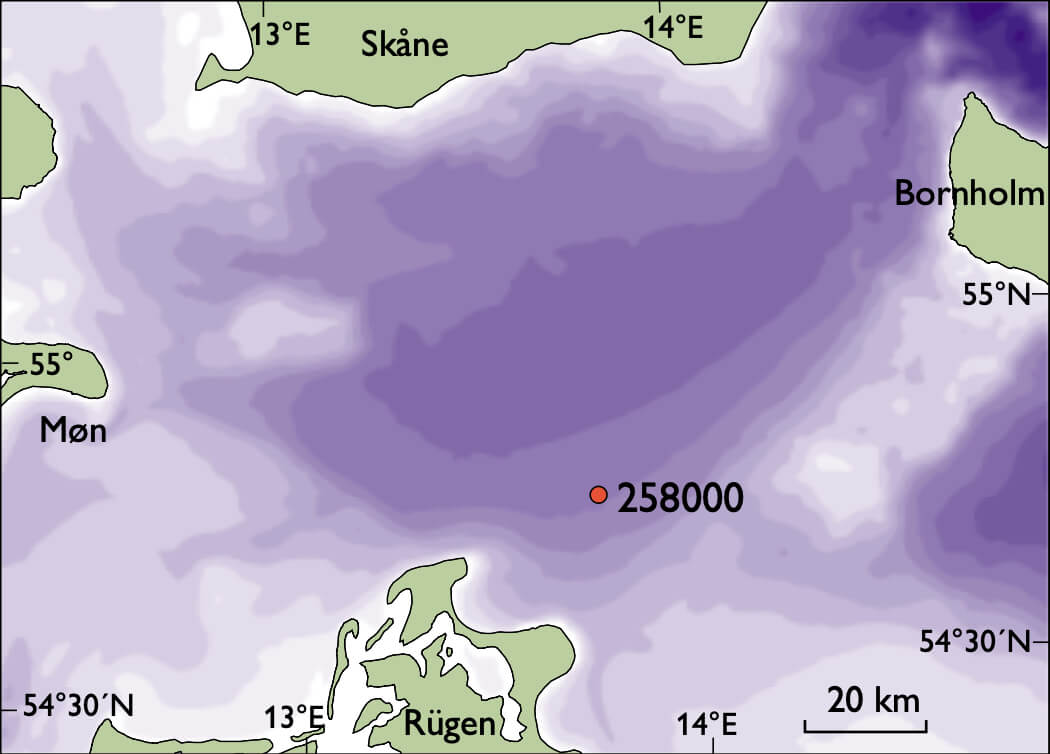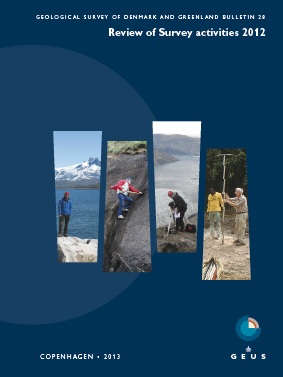
How to Cite
Share
Abstract
After the last deglaciation, the Baltic Sea underwent a complex salinity history and dynamic shore-level development with several lacustrine and marine stages: the Baltic Ice Lake, the Yoldia Sea, the Ancylus Lake and the Littorina Sea (Björck 1995). In connection with shallow seismic profiling in the south-western Baltic Sea, two marked and widespread erosional unconformities have been identified (Jensen et al. 1997, 1999; Lemke et al. 1998; Larsen 2004). The older unconformity occurs within sediments deposited in the Baltic Ice Lake, whereas the younger one separates Baltic Ice Lake sediments from Holocene lake and mire deposits. The latter unconformity is dated to the transition between the Younger Dryas and the Holocene, corresponding to c. 11.7 cal. ka BP and formed due to a sudden drop in the level of the icedammed Baltic Ice Lake of around 25 m, caused by ice recession from Mt. Billingen in south central Sweden.
How to Cite
Share
Copyright (c) 2013 Ole Bennike, Jørn Bo Jensen

This work is licensed under a Creative Commons Attribution 4.0 International License.
Downloads
Edited by Ole Bennike, Adam A. Garde and W. Stuart Watt
This Review of Survey activities presents a selection of 17 papers reflecting the wide spectrum of activities of the Geological Survey of Denmark and Greenland, from the microscopic to the plate-tectonic level.
The Survey's activities in Denmark and surrounding areas are [...]









